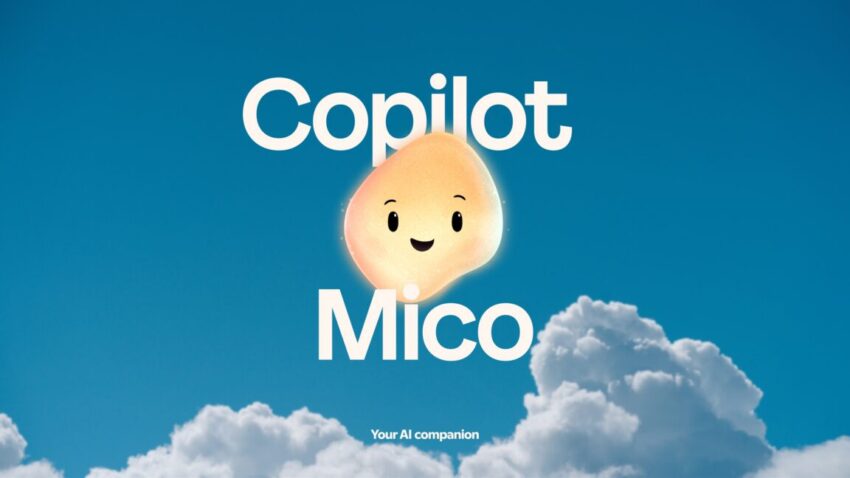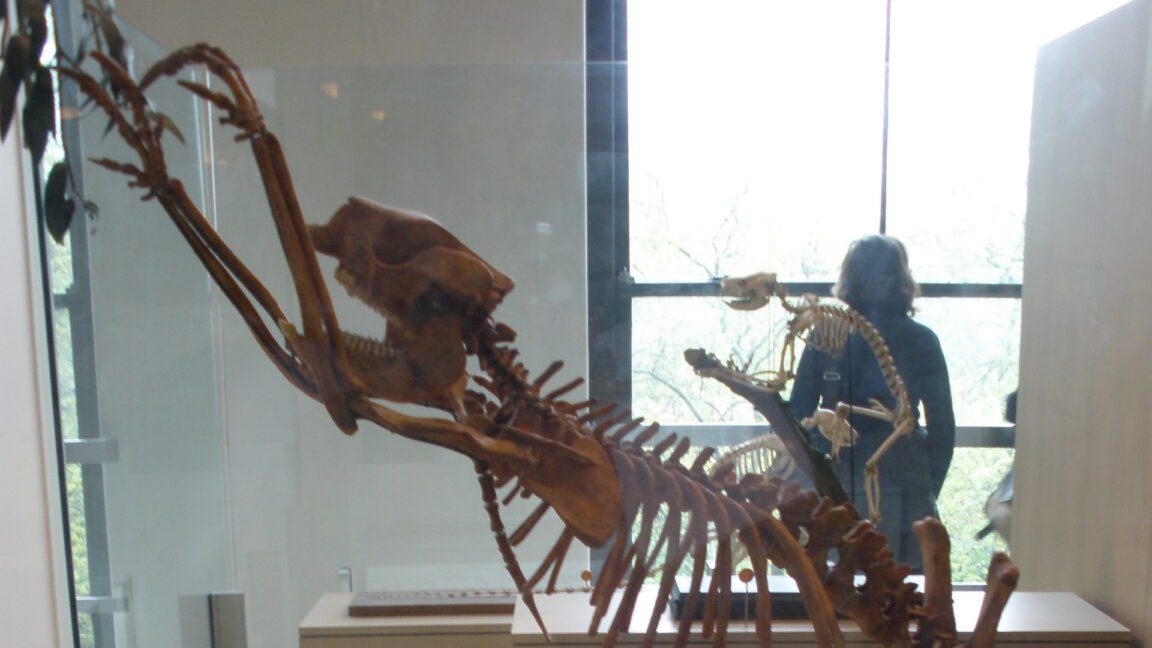
microsoft makes copilot human-centered with a 90s-style Microsoft is reimagining its Copilot virtual assistant with a new animated character, Mico, as part of its initiative to create a more human-centered AI experience.
microsoft makes copilot human-centered with a 90s-style
Introduction to Copilot’s Evolution
Earlier this month, Microsoft announced its plans to enhance Copilot, the built-in chatbot and virtual assistant for Windows 11. The company aims to introduce improved voice controls, which suggests a renewed focus on making the assistant more interactive and user-friendly. This development echoes Microsoft’s previous attempts to establish a voice assistant presence in Windows 10 through Cortana, which ultimately did not achieve widespread adoption.
As part of this ongoing evolution, Microsoft is not only refining the functionality of Copilot but is also introducing a visual component to the experience. The new animated character, Mico, represents a significant shift in how users will interact with the assistant. This move aligns with Microsoft’s broader strategy of creating “human-centered AI,” which emphasizes emotional engagement and user comfort.
Mico: The Face of Copilot
Mico, whose name rhymes with “pico,” is described as an “expressive, customizable, and warm” character that adds a personal touch to the Copilot experience. Unlike traditional virtual assistants that often lack a physical representation, Mico features a face that can dynamically “listen, react, and even change colors” based on user interactions. This level of expressiveness is intended to foster a more engaging and relatable interaction, making users feel more connected to the technology.
Historical Context of Animated Assistants
The introduction of Mico is reminiscent of Microsoft’s earlier attempts to create animated digital assistants. Characters like Clippy, Microsoft Bob, and Rover were part of the company’s efforts in the 1990s and early 2000s to provide users with friendly, approachable interfaces. However, these initiatives were met with mixed reactions, and many users found them intrusive or unhelpful. As a result, Microsoft largely abandoned these concepts in favor of more streamlined, functional interfaces.
By revisiting this idea, Microsoft appears to be acknowledging the potential for animated characters to enhance user experience. The company seems to believe that a friendly and expressive assistant can make technology feel less intimidating and more accessible, particularly for users who may not be as tech-savvy.
Features and Functionality of Mico
Mico’s design and functionality are central to its role as Copilot’s animated assistant. The character is not just a visual gimmick; it is integrated into the Copilot experience in meaningful ways. Here are some of the key features that Mico brings to the table:
- Expressiveness: Mico’s ability to change colors and react to user interactions adds a layer of emotional intelligence to the assistant. For instance, Mico might turn green when the user is happy or red when there is an error, providing visual feedback that enhances communication.
- Customization: Users will have the option to customize Mico’s appearance and behavior, allowing for a more personalized experience. This feature could help users feel a greater sense of ownership over their interactions with Copilot.
- Voice Integration: The planned improvements to voice controls will allow users to interact with Mico using natural language. This feature aims to make conversations with the assistant feel more fluid and intuitive.
Implications for User Experience
The introduction of Mico could have several implications for user experience. By making Copilot more engaging, Microsoft may be able to increase user adoption and satisfaction. A more relatable assistant could help demystify technology for users who may be intimidated by complex interfaces or commands.
Moreover, the emotional engagement fostered by Mico’s expressiveness could lead to more meaningful interactions. Users may feel more comfortable asking questions or seeking assistance when they perceive the assistant as friendly and approachable. This could ultimately enhance productivity and streamline workflows, as users are more likely to utilize the assistant’s capabilities.
Stakeholder Reactions
The announcement of Mico has elicited a range of reactions from stakeholders, including industry experts, users, and competitors. Some experts have praised Microsoft’s move as a bold step toward creating a more human-centric approach to AI. They argue that the integration of emotional intelligence into virtual assistants could set a new standard for user interaction in the tech industry.
However, there are also skeptics who question whether Mico will resonate with users in the same way that earlier animated assistants did. Some critics argue that while the concept is intriguing, it may not address the core functionality that users expect from a virtual assistant. They emphasize that the effectiveness of Copilot will ultimately depend on its ability to perform tasks efficiently and accurately.
Comparative Analysis with Competitors
Microsoft’s approach with Mico stands in contrast to the strategies employed by other tech giants in the virtual assistant space. For example, Amazon’s Alexa and Apple’s Siri have focused primarily on voice recognition and functionality, with less emphasis on visual representation. These assistants have gained popularity due to their ability to perform a wide range of tasks, from controlling smart home devices to providing information on demand.
In contrast, Microsoft’s focus on creating a more engaging and expressive assistant could differentiate Copilot from its competitors. By prioritizing emotional connection and user experience, Microsoft may carve out a niche for itself in a crowded market. However, the success of this strategy will depend on how well Mico can perform its intended functions while maintaining user engagement.
Future Prospects for Copilot and Mico
As Microsoft continues to develop Copilot and Mico, the company faces several challenges and opportunities. One of the primary challenges will be ensuring that the assistant remains functional and efficient while incorporating the new animated features. Users will expect Mico to provide accurate information and perform tasks seamlessly, regardless of its expressive design.
Additionally, Microsoft will need to gather user feedback to refine Mico’s features and functionality. Understanding how users interact with the assistant will be crucial for making iterative improvements and ensuring that the character resonates with a broad audience.
Broader Implications for AI Development
The introduction of Mico also raises broader questions about the future of AI development. As companies like Microsoft explore more human-centered approaches, there may be a shift in how AI is perceived and utilized. The emphasis on emotional engagement could lead to the development of more empathetic AI systems that prioritize user experience.
This shift could have significant implications for various industries, from customer service to healthcare. As AI becomes more integrated into daily life, the ability to connect with users on an emotional level may become a key differentiator for companies looking to leverage technology effectively.
Conclusion
Microsoft’s introduction of Mico as part of its Copilot initiative marks a significant step toward creating a more human-centered AI experience. By blending expressiveness with functionality, the company aims to foster deeper connections between users and technology. While the success of this approach remains to be seen, it represents a bold and innovative direction for Microsoft’s virtual assistant strategy.
As the tech landscape continues to evolve, the implications of Mico’s introduction could extend far beyond Microsoft, influencing how AI is developed and perceived across various sectors. The journey of Copilot and Mico will be closely watched as users and stakeholders alike assess the impact of this new approach to virtual assistance.
Source: Original report
Was this helpful?
Last Modified: October 24, 2025 at 12:35 am
3 views














